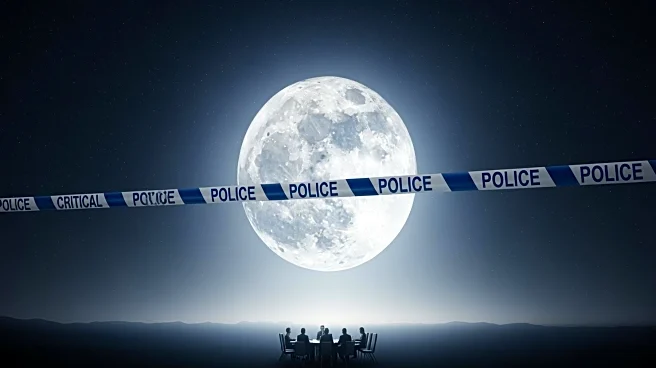What's Happening?
The term 'Super Moon' refers to a Full or New Moon occurring near its closest approach to Earth, known as perigee-syzygy. This phenomenon results in the Moon appearing up to 14% larger and 27% brighter
than when it is at its farthest point from Earth. Despite these changes, the difference is often imperceptible to casual observers. The concept of the Super Moon was popularized in 1979 by astrologer Richard Nolle. The upcoming Super Moon on November 5, 2025, will be the closest Full Moon of the year, offering a unique opportunity for amateur astronomers to engage the public and promote interest in astronomy.
Why It's Important?
The Super Moon phenomenon provides an excellent opportunity for public engagement in astronomy. By leveraging the popular interest in such events, astronomers and educators can foster a greater appreciation for celestial phenomena and scientific principles. The increased visibility of the Moon during a Super Moon can serve as a gateway for individuals to explore astronomy further, potentially inspiring future generations of scientists and enthusiasts. Additionally, the event highlights the importance of scientific communication and the role of astronomers in making complex concepts accessible to the general public.
What's Next?
As the Super Moon approaches, astronomers and educators are likely to organize public viewing events and educational sessions to maximize public engagement. These activities can help demystify the phenomenon and encourage more people to take an interest in astronomy. The media coverage surrounding the Super Moon will also play a crucial role in raising awareness and sparking curiosity among the public. Moving forward, similar celestial events can continue to serve as valuable tools for science communication and education.












